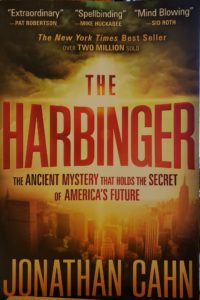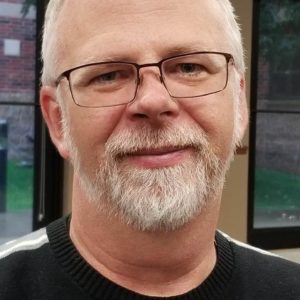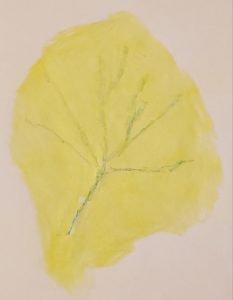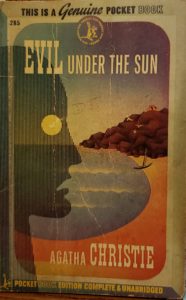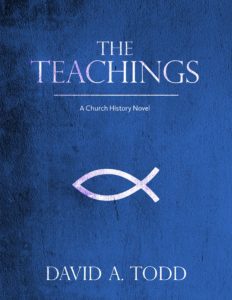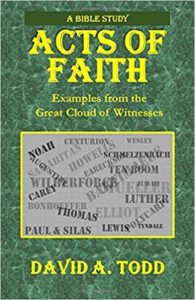
It was not my day to teach our Life Group class yesterday. And, since Lynda is still recovering from her heart ablation on Friday, I decided to stay home and join the class via Zoom. Since my co-teacher is a veterinarian and sometimes gets called in even on his weekend off, I always prepare to teach. I did so on Saturday, and then some more yesterday morning. Good thing, as he almost didn’t make it due to veterinary duties. Our study is in 1st John, and our scripture for yesterday was 1 John 2:15-17
15Do not love the world or anything in the world. If anyone loves the world, love for the Father is not in them. 16 For everything in the world—the lust of the flesh, the lust of the eyes, and the pride of life—comes not from the Father but from the world. 17 The world and its desires pass away, but whoever does the will of God lives forever.

As I prepared to teach and worked through various lines of discussion, I found the concept of not loving the world difficult to work out. God created the world. God so loved the world. Should we not love it? Obviously there is some nuance here. Perhaps the word “love” needs some explanation. Or the word “world”. What exactly does that mean?
I thought of the difference between the world and life. I wouldn’t say that I love my life, but I do like it and enjoy it. God has given me certain skills which I am able to use to change the world, one book at a time, one letter at a time. I have children influence then watch as they moved into adult responsibilities and careers. And grandchildren to watch and influence a little as they grow up. I would hate to miss all that. And I have a wife to love and care for, and share the years with.

But the thought came to me: Would I trade five years in heaven to have five more on earth to accomplish more and be part of the family? I’d like to have those five years to accomplish more; a lot more than that really. If God were to say to me, “I know you have things you want to do, things that you will enjoy and find fulfilling. But I’m ready for you to come home. It’s your choice.” What would I do?
The same thing happened to King Hezekiah in the Old Testament. God said his time had come. He told God he wasn’t ready. God answered that prayer and gave him 15 years more. During Hezekiah’s extra 15 years weren’t all that good, as he showed more interest in his own wealth and position than he did in the things of God.
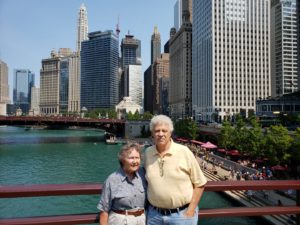
But I love the things in my life. I’d like to live it some more. And therein lies the problem and probably what John meant. While there’s a lot of bad stuff in the world, there’s a lot of good stuff too. A lot of enjoyment. A lot of satisfaction. Ah, but heaven! The beauty of God’s creation, the beauty of a life being well lived, cannot replace the beauty of heaven.
Maybe that’s the answer to John’s question. No, not a question but a command. Do not love the world or the things in the world. Do not let anything take precedence over God. Enjoy life while you can, but earnestly desire heaven when that time comes. Until then, I will embrace what the apostle Paul said:
For to me, to live is Christ and to die is gain. If I am to go on living in the body, this will mean fruitful labor for me. Yet what shall I choose? I do not know! I am torn between the two: I desire to depart and be with Christ, which is better by far…. Convinced of this, I know that I will remain, and I will continue….
